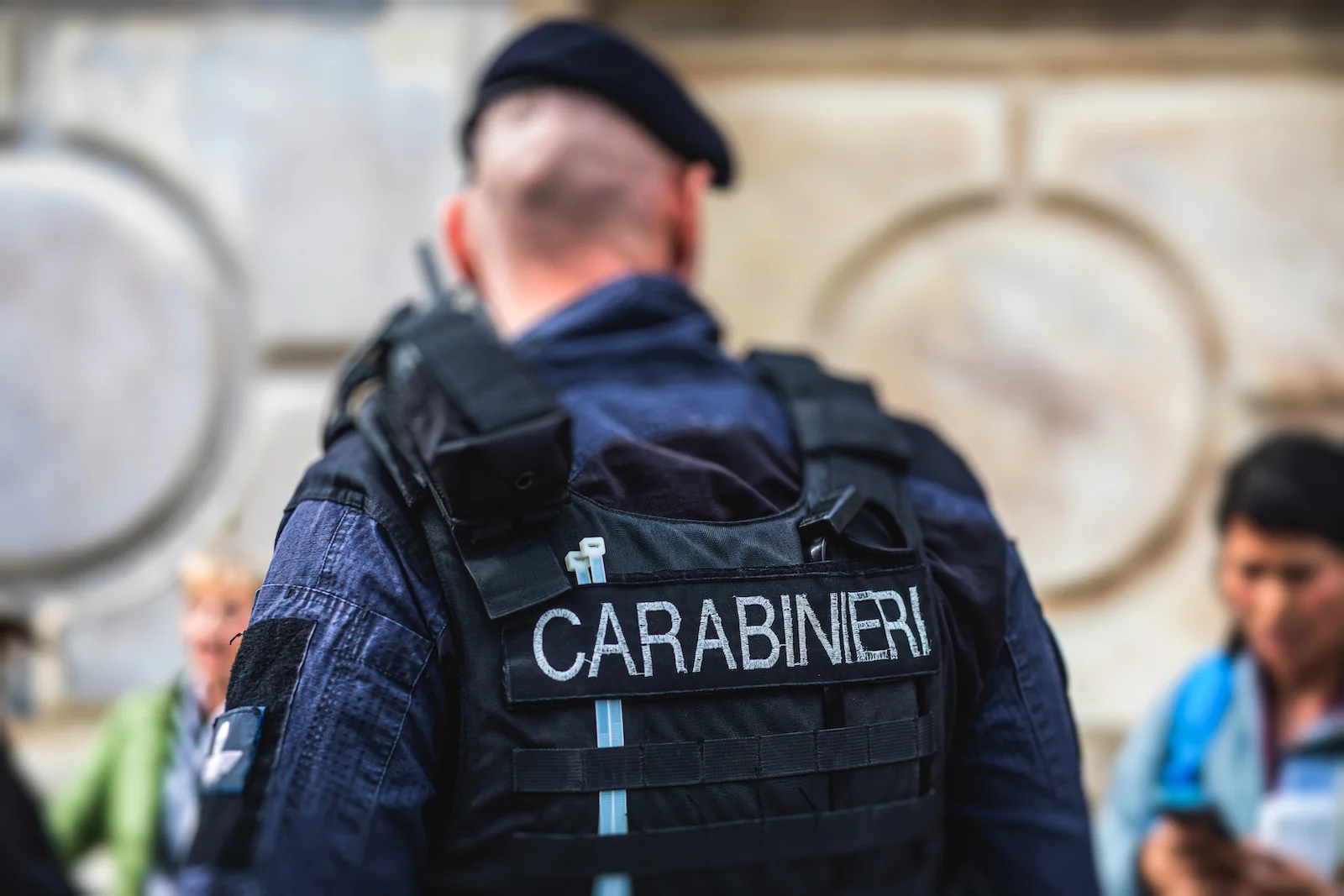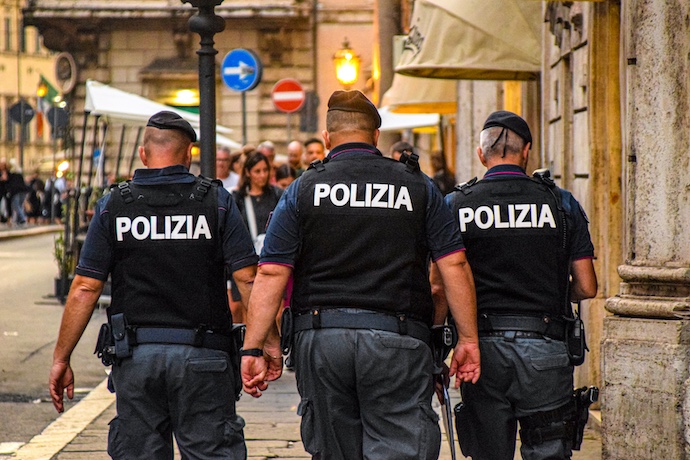
Shadows of Power: How the ‘Ndrangheta Became the World’s Most Ubiquitous Crime Syndicate
Like the mythical hydra, the ‘Ndrangheta has survived and multiplied whenever it appeared that it was contained or defeated. As mythologists will tell you, the mythical hydra was a monster with multiple heads that, when someone would appear to slay or attack, would regenerate and grow more heads. This hydra-like quality of the ‘Ndrangheta has enabled it to envelop the world and spread to seven continents. It is currently the world’s most powerful, lucrative, and secretive organization.
The ‘Ndrangheta’s obscure origins are traced back to Calabria in Southern Italy or possibly Greece or Spain before that, but its presence on a global level has spread the Calabrian secret society to all the continents in the world. Its symbolic homeland and base is San Luca in Calabria, Italy, and the interconnectedness of this criminal secret society has propelled it to being the foremost drug trafficking organization in the world.
Italian organized crime has been a source of fascination because of Hollywood’s depiction of organized crime. Italian organized crime is certainly not as one-dimensional in reality and has many layers and divisions. In Italy, there are three “mafia” organizations with a hierarchical structure and vast international connections. The ‘Ndrangheta from Calabria, Camorra from Campania, and Cosa Nostra from Sicily are the three criminal organizations meeting the criteria of secret societies with deep histories, complicated structures, and governing and conflict resolution mechanisms. These three have maintained relations with each other for as long as they have all existed, and they have molded the criminal underworld in Italy.
Sensational journalism has always tried to brand any criminal operation in Italy as the “fourth mafia” or “fifth mafia,” but this is entirely inaccurate. Lower-level, disorganized gangs in Italy fall under the umbrella of one of the three criminal secret societies established over the centuries. Some claim that disparate gangs in regions such as Apulia are their own criminal organization. Still, the Apulian organized crime phenomenon simply attempts to label different criminal groups within one grouping. The Sacra Corona Unita, for example, does not exist as a single entity and is merely a criminal operation directed by a mix of Camorra and mainly ‘Ndrangheta interests. Any attempt to label some small unknown group or several groups simultaneously as a “mafia” is attention-seeking at best and baseless.

The ‘Ndrangheta’s parameters are global, but ‘Ndrangheta members have never lost the ethos of the Calabrian countryside, composed of the pillars of family, loyalty, secrecy, and power. The loyalty to the ‘Ndrangheta comes first over everything and is a religiously devout principle best exemplified by the Sanctuary of Our Lady Polsi, which is in the mountains outside of San Luca in Calabria, as being the symbolic headquarters and rendezvous point for yearly summits, festive occasions, and ‘Ndrangheta mass rituals. Despite the overwhelming wealth and power amassed by this secret society and regardless of where the world members operate, they are all connected to this holy site in the Calabrian countryside.
Bloodlines are another important factor in the ‘Ndrangheta’s success. Membership, association, and composition are based on marriage and blood ties. ‘Ndrangheta elements in Italy and around the world are bound by loyalty to this criminal secret society and each other because an overwhelming number of ‘Ndrangheta members are either related by blood or marriage. This familial aspect of the secret society has been the unifying thread that has propelled it to its organizational and financial superiority.
Its devotion to secrecy knows no limits. La Santa exists as a secret society within the ‘Ndrangheta. A secret society within a secret society in which the leaders and most senior-ranking members meet to discuss the most important issues affecting the well-being of the ‘Ndrangheta. Even lower and middle-ranking members of the ‘Ndrangheta have only heard whispers about it, but do not know where or when it meets, what is discussed, or who is a member. It is this secrecy based on family ties that has enabled the ‘Ndrangheta to make billions of euros each year, with some projections that it earns more annually than McDonald’s and Deutsche Bank combined.
The ‘Ndrangheta is the principal drug trafficker throughout Europe and has expanded its criminal operations throughout the world as a result. The ‘Ndrangheta, being the primary drug trafficker in Europe, was the result of forging close ties with central and South American drug cartels and organized crime groups. The financing of the production of narcotics has made the Calabrian secret society one of the most important benefactors of the drug cartels. The ‘Ndrangheta’s financial and operational superiority in drug trafficking depends wholly on its relations with these organized crime groups; therefore, the ‘Ndrangheta’s tentacles remain strong in this part of the world.
The ‘Ndrangheta has established powerful criminal activities in every corner of the globe. In Australia, the ‘Ndrangheta has a deeply entrenched presence that can be traced back more than a century and currently operates a confederation of ‘Ndrangheta “families” that operate in concert with each other and are interconnected based on the important pillars that molded the secret society in the Calabrian countryside. This confederation in Australia is known as “The Honoured Society.” In Canada, similar to Australia, the ‘Ndrangheta has established criminal operations that have eclipsed all Canadian organized crime groups in power. The Siderno Group, Canada’s confederation of ‘Ndrangheta “families,” is Canada’s most powerful criminal phenomenon.
The ‘Ndrangheta has maintained relations with its Cosa Nostra partners in Canada and the United States. The Siderno Group has always had a working relationship with the Cosa Nostra “families” in Canada, and according to the authorities, the American Mafia have become strong allies with the ‘Ndrangheta, specifically the Bonanno, Gambino, and Magaddino crime families. The Siderno Group in Canada and its ‘Ndrangheta “families” in Italy have created a network of transnational drug trafficking with the American Mafia.
The ‘Ndrangheta’s hydra-like appetite for money knows no bounds, and it has even extended itself to West Africa and Hong Kong. Until 2023, most could only associate the ‘Ndrangheta with the failed kidnapping plot of John Paul Getty III, the grandson of oil tycoon J. Paul Getty, in which his ear was cut off and sent in a bid for a lavish ransom amount. The Maxi-Trial in 2023, a focal point of the news media, put 200 ‘Ndrangheta members on trial in Italy, but this is certainly no indication of the Ndrangheta fading away. Its financial success, secretive structure, and global presence have made it an unstoppable force.
With every conviction of an ‘Ndrangheta member, several family members related by blood or marriage will take their place. The ‘Ndrangheta’s hydra-like quality has kept it the most powerful criminal organization in the world, but it quietly stays in the shadows, avoiding attention and detection.
In recent years, the Italian authorities have noted that surveillance of the ‘Ndrangheta, Cosa Nostra, and Camorra have found that past rivalries and bitter resentments have been subdued to create a formal partnership. The three Italian mafias have now been meeting frequently and partnering on criminal activities on a large scale. This hybrid of Camorra, Cosa Nostra, and ‘Ndrangheta is seen in the Apulia region and northern Italy, especially Rome. The American mafia was created as an amalgamation of the three distinct criminal cultures of Campania, Calabria, and Sicily.
The ‘Ndrangheta, the most internationally established and far-reaching criminal organization in the world, with its enormous power, may be the leader in the hybridization of criminal power. The ethos of the Calabrian countryside and the ‘Ndrangheta’s pillars that define it may soon lead all Italian organized groups, wherever they may be, into a criminal global hegemony that will create a new paradigm in the spread of transnational organized crime. The secret society originating from Calabria has been the primary power in international organized crime, and this possible hybridization may change the very power structure of organized crime wherever it may occur.
The ‘Ndrangheta, La Santa, and its influential members in the shadows in Italy and other countries may soon have a role in shaping global affairs that will change history.
